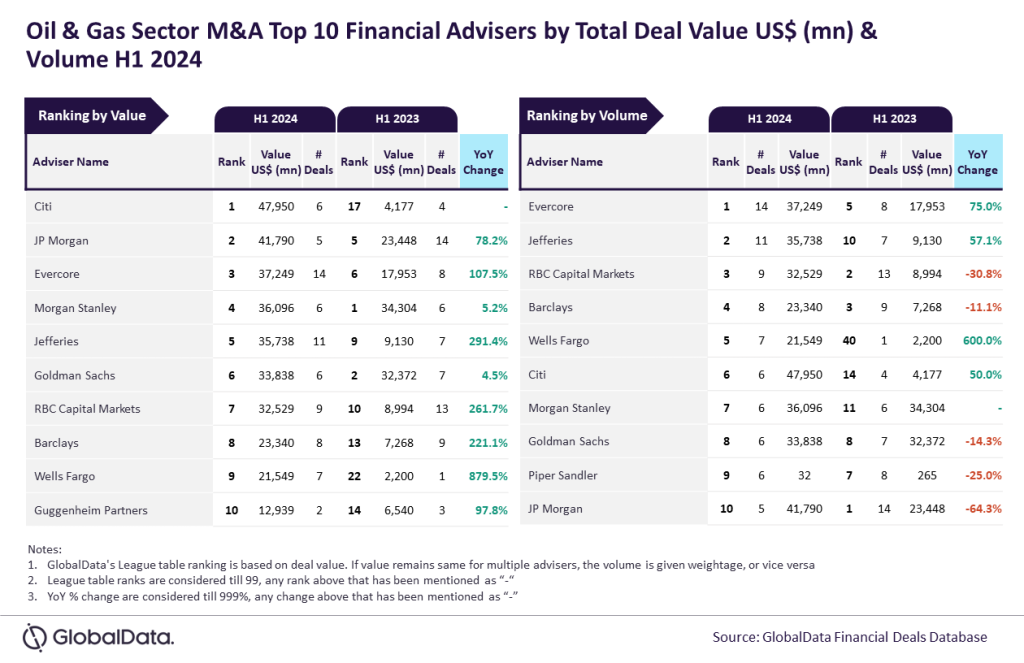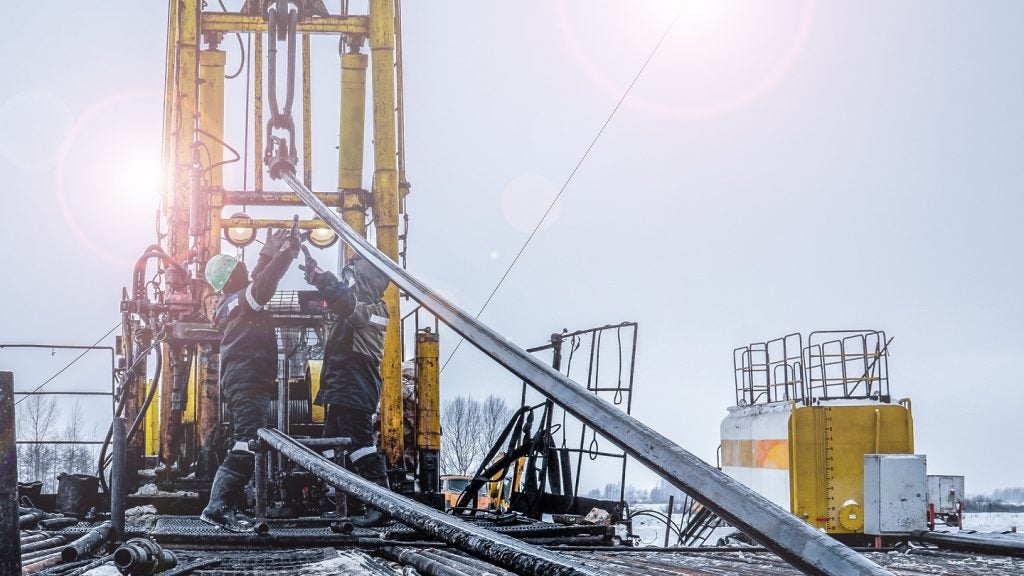Permian Basin Conventional (ConocoPhillips) NM is a producing conventional oil field located onshore the US and is operated by ConocoPhillips.
Field participation details
The field is owned by ConocoPhillips.
Production from Permian Basin Conventional (ConocoPhillips) NM
The Permian Basin Conventional (ConocoPhillips) NM conventional oil field recovered 69.71% of its total recoverable reserves, with peak production in 2017. The peak production was approximately 17.02 thousand bpd of crude oil and condensate, 56 Mmcfd of natural gas and 2.84 thousand bpd of natural gas liquids. Based on economic assumptions, production will continue until the field reaches its economic limit in 2038.
Remaining recoverable reserves
The field is expected to recover 43.59 Mmboe, comprised of 21.65 Mmbbl of crude oil & condensate, 115.13 bcf of natural gas reserves and 2.75 Mmbbl of natural gas liquid reserves. Permian Basin Conventional (ConocoPhillips) NM conventional oil field reserves accounts 0.01% of total remaining reserves of producing conventional oil fields globally.
About ConocoPhillips
ConocoPhillips is an independent upstream oil and gas company. The company explores, produce, transport and market crude oil, bitumen, natural gas, liquefied natural gas (LNG) and natural gas liquids across the world. It has assets across North America, Africa, Europe, Asia and Australia. Its asset base includes resource rich North American shale and oil sands assets; lower risk legacy assets in North America, Europe, Asia and Australia; several major international developments; and a global conventional and unconventional exploration prospects. Its producing assets are in US, the UK, Norway, Canada, Australia, Timor-Leste, Indonesia, China, Malaysia, Qatar, and Libya. ConocoPhillips is headquartered in Houston, Texas, the US.
Methodology
Information on the field is sourced from GlobalData’s fields database that provides detailed information on all producing, announced and planned oil and gas fields globally. Not all companies mentioned in the article may be currently existing due to their merger or acquisition or business closure.
How well do you really know your competitors?
Access the most comprehensive Company Profiles on the market, powered by GlobalData. Save hours of research. Gain competitive edge.

Thank you!
Your download email will arrive shortly
Not ready to buy yet? Download a free sample
We are confident about the unique quality of our Company Profiles. However, we want you to make the most beneficial decision for your business, so we offer a free sample that you can download by submitting the below form
By GlobalData





